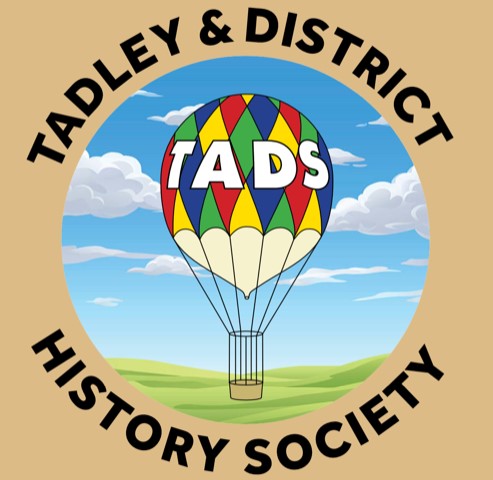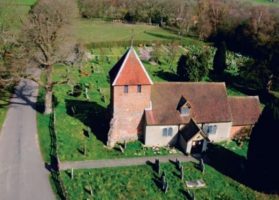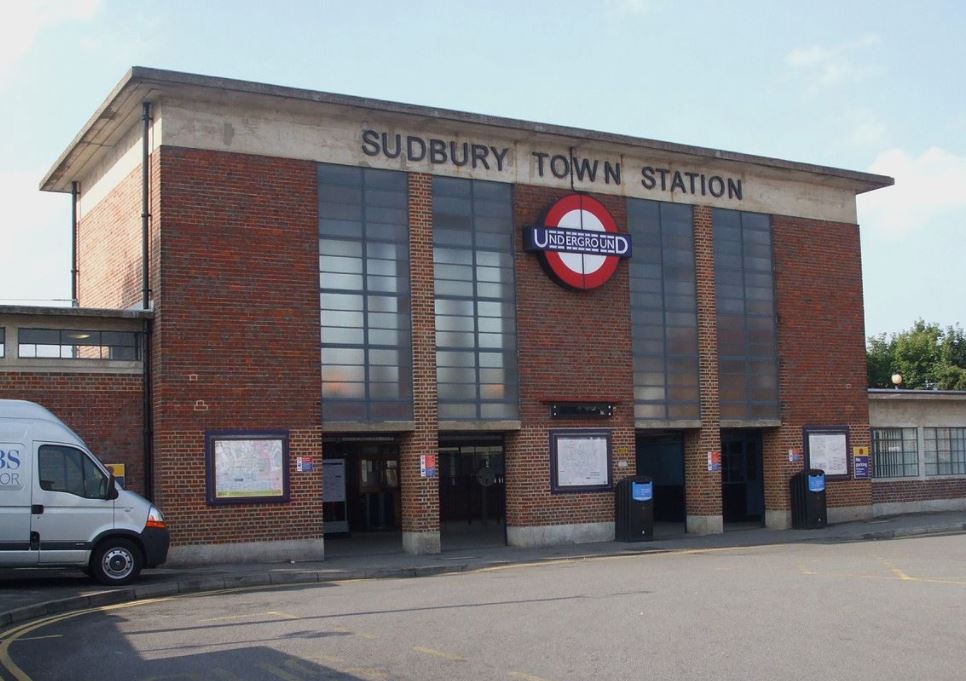The image above is Sudbury Town Tube Station London. London Underground Piccadilly Line station designed by Charles Holden in a modern European style. 1931. The Grade II* listed building was described by Pevsner as “an outstanding example of how satisfying such unpretentious buildings can be, purely through the use of careful details and good proportions.”
TADS Zoom Talk from October 2020
The Architecture of the London Underground
By Mike Grundy
Mike started his talk at Mornington Crescent station, which is opposite the Art Deco Carreras factory, a station of significance to BBC Radio 4 listeners. But there are 269 other active stations he could have chosen, such is the extent of the network and the majority of it is above ground. By the mid 1800s London was chaotically congested with horse drawn traffic and an underground railway was seen as one solution.
The first line opened in 1863 was only partially underground, which was a good thing, as the trains were steam hauled. Conditions for drivers and passengers in the tunnels must have been awful, and it was not until 1890 that the first electric trains were used on what is now the Northern Line. The Underground stations were designed to be functional, aesthetic, and welcoming. 160 years of history has resulted in an array of architecture reflecting the fashion of the time at which they were built including: Classical and Gothic revival; Arts and crafts; Art Nouveau; Art Deco; Modernism; Europeanism; post- Modern. Thus each of the original 8 separate lines has its own style.
When in 1933 the companies were consolidated under the London Transport Board, the overall style became used as a marketing ploy. Mike concentrated his talk on the above ground appearance of the stations. 50% of the stations were built before 1910 and many of them are virtually unchanged, but none of the original 1863 Metropolitan Line stations remain. They were designed by Sir John Fowler who also designed the Forth Railway Bridge and the line was built to take trains of Brunel’s Broad gauge as well as the now Standard gauge.
Mike then illustrated the progression of the designs by showing examples of the stations. The 1890 Kennington station (T P Figgis) of the City and South London Line is classical with a dome. On the 1900 Central Line, Holland Park (Harry Bell Measures) and the Oxford Circus stations where the Central and Bakerloo stations are together on opposite sides of the road. Baron’s Court of 1905 is playful baroque. The 1906-7 Baker St. and Waterloo stations were designed and built to allow building on top of them. They were of a modular design by 30 year old Leslie Green who designed 50 similar stations then tragically died at the age of 33. These stations are noted for their ceramic tiles, usually purple brown on the outside of the station and green on the inside. Exceptionally, Trafalgar Square station has a Paris Metro style entrance.
The 1924 Northern Line extension was built to promote living outside the city centre with stations in New Modernism style by Stanley Heaps. The new Metropolitan stations of 1925-31 had diamond shape signs and were usually of Classical style built of white stone. Mike described Croxley station (Herts) of 1925 as suburban pub style, a very apt description if you are familiar with the London suburbs.
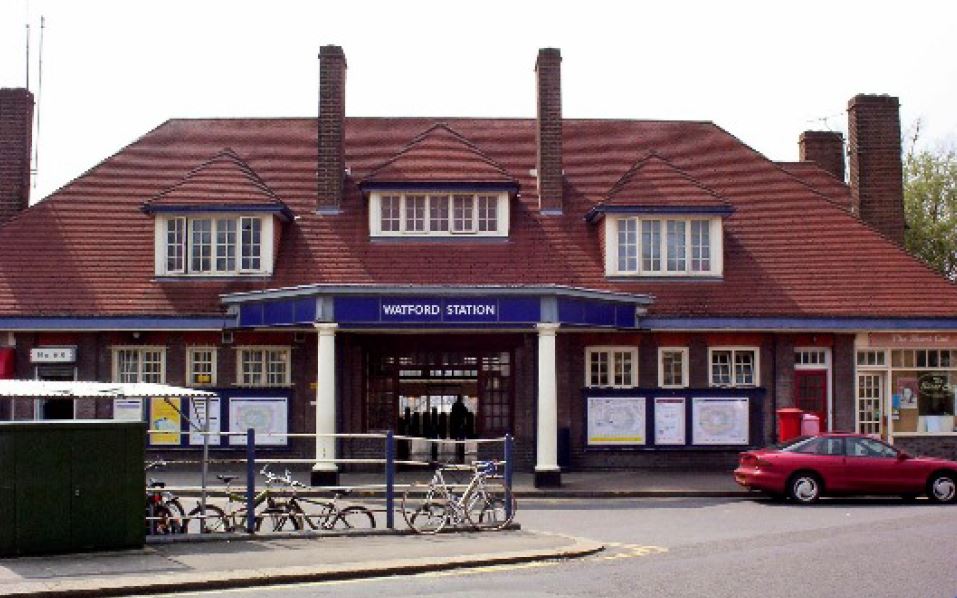
The 1930s consolidation into the London Passenger Transport Board brought together Frank Pick as Chief Executive and Charles Holden as architect. Pick was very hands on and with a great interest in design. Together they modernised the whole system, often using design ideas seen on their tours of stations in Europe. More than 80 years later many of Pick’s innovations are still part of the familiar style of the underground including the iconic map. Notable stations of the period are Morden, which now has a modern building on top of it. Houndslow West which is a station of sevens – 7 sides, 7 windows, 7 lanterns. Sudbury Town a ‘brick box with a concrete lid’, but I think it is much better than that bland description. One of the greatest is Holden’s 1933 Southgate, a circular building with a flying saucer roof surmounted by a ‘Tesla’ coil feature.
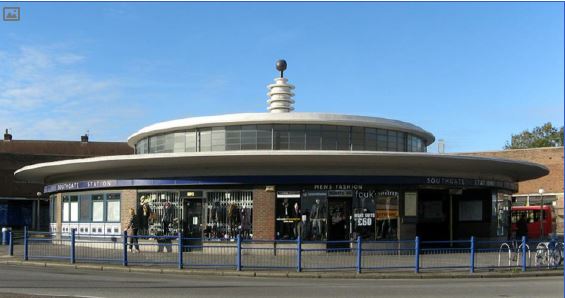
In later times, the 1968-71 Victoria Line copied Holden and Mike thinks Walthamstow Central is an outstanding station. The Docklands Light Railway stations were generally built on the cheap, but Pontoon Dock is a big statement. The Jubilee line stations are a bit mixed but Canary Wharf is an outstanding modern station. Crossrail has added to Canary Warf in an outstanding way with a design by Norman Foster and Partners featuring inside gardens and an amazing roof. It will be well worth seeing when the line eventually opens. (It is now very late and over budget).
Thank you Mike for your very interesting and enjoyable talk. In normal times I would now want to go to London on a quiet day and see the stations myself from a different perspective than just belting into them trying to get the next train towards home.
Richard Brown
